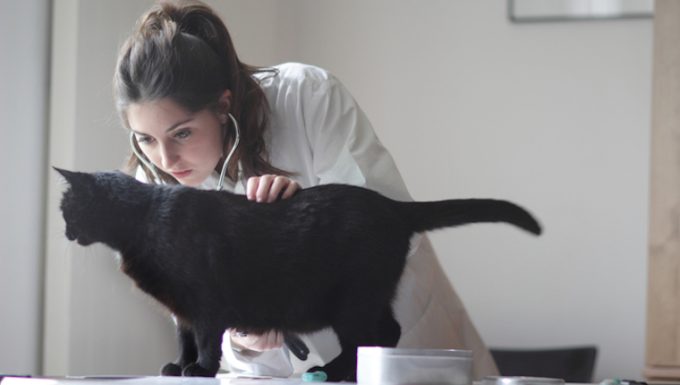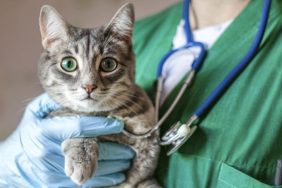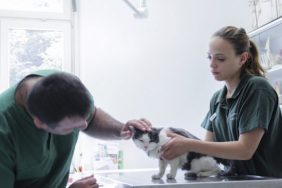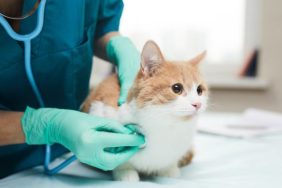Hyperparathyroidism due to kidney failure in cats happens when the body produces too much of the hormone parathyroid. The condition causes bone resorption.
Generally, the condition is caused by another underlying condition. Although low levels of calcium can also be a contributory factor.
Technically, the condition is also known as abnormally high levels of parathyroid hormone due to chronic…









